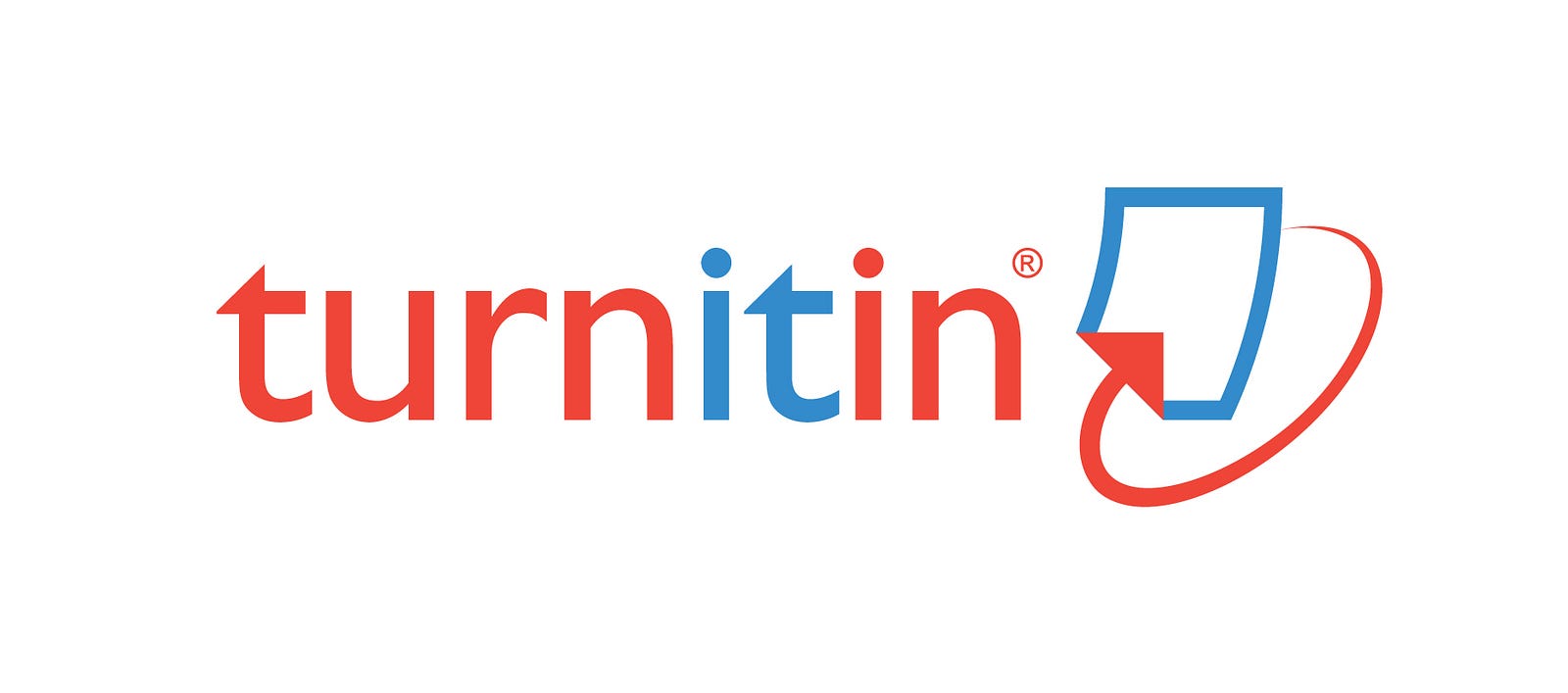PENINGKATAN KEAKTIFAN DAN CRITICAL THINKING MAHASISWA MELALUI PENERAPAN METODE DEBAT PADA MATA KULIAH KEPEMIMPINAN DI FKIP UNS TAHUN AJARAN 2019/2020
Abstract
This study aims to determine the increase in activeness and critical thinking capability of the students who were participated in the Leadership course by applying the Debate method. The study design consists of two main cycles (cycle I, and cycle II), each cycle research steps include planning, implementing, observing, and reflecting process. The Data collection methods used are observation, and documentation; the percentage descriptive method used as data analysis technique. The research findings explained by using three research steps, those are initial observation, observation using Cycle I, and observation using Cycle II. The initial observation (pre-cycle) found that student activity was very low. From 38 students observed, only 3 students asked for questions, or only 8% who were active, while other students were passive, by just listened to the lecturer’s explanations. The target for student activity is 75% from the total observed students. In addition to student activeness, this study also aimed to find out the ability of critical thinking of the students. In the Cycle I, the student activity has increased to 27 people or 71% of the total observed students. In the debating group, found if the pro group have 8 active students and in the contra group have 9 active students, while the listening group or observer group have 10 students who submit their opinions. In the Cycle II, there were more active students, because in this cycle the groups conducting more intense debate which involved another students, then the class became more active. In the pro group, there were 9 active students and the contra group increasing to 11 active students, while the observer group reached 12 active students, so there were 32 active students or 84% from total students observed. Based on the research findings, concluded that the student activity increased slightly through implementation of the debate method. The activity occurs gradually from cycle I to cycle II. In learning process, when applying the debate method in the Leadership course, the students are seen to be very active and shows the critical thinking capabilities, ranging from student self-skill, explaining skill, interpreting skill, analyzing skill, evaluating skill in order to draw the conclusions.
Keywords
Full Text:
PDFReferences
Aliyu, M.B. 2012. Integrating e-Learning in Technical and Vocational Education: A Technical Review. International Journal of Academic Research in Business and Social Sciences, Vol. 2, No. 5.
Amri, Sofan. 2013. Pengembangan dan Model Pembelajaran dalam Kurikulum 2013. Jakarta: Prestasi Pustakaraya.
Arikunto, dkk. 2009. Penelitian Tindakan Kelas. Jakarta: PT Bumi Aksara.
Djamarah, Syaiful Bahri. 2005. Guru dan Anak Didik Dalam Interaksi Edukatif Suatu Pendekatan Teoritis Psikologis. Jakarta: PT Rineka Cipta.
Hakim, Muhammad Lutfi. 2018. Teknologi Perkantoran. Surakarta: Mediatama.
Mulyasa. 2008. Menjadi Guru Profesional, Menciptakan Pembelajaran Kreatif Dan Menyenangkan. Bandung: Remaja Rosdakarya.
Mulyono, Agus. 2018. Teknologi Perkantoran. Jakarta: Bumi Aksara.
Sunandar, Shodik. 2012. kelebihan dan kekurangan Kuantum Teaching. http://digilib.unila .ac.id/ 356/ 11/Bab%20II.pdf , diaskes pada tanggal 08 Mei 2019
Tim Pusat Bahasa. 2008. Kamus Besar Bahasa Indonesia. Jakarta: Departemen Pendidikan Nasional.
Undang-Undang RI No. 20 Tahun 2003 Tentang Sistem Pendidikan Nasional. Jakarta: Menteri Pendidikan Dan Kebudayaan Republik Indonesia.
Syaiful Bahri Djamarah, 2013, Strategi Belajar Mengajar, Jakarta, Rineka Cipta.
Refbacks
- There are currently no refbacks.









